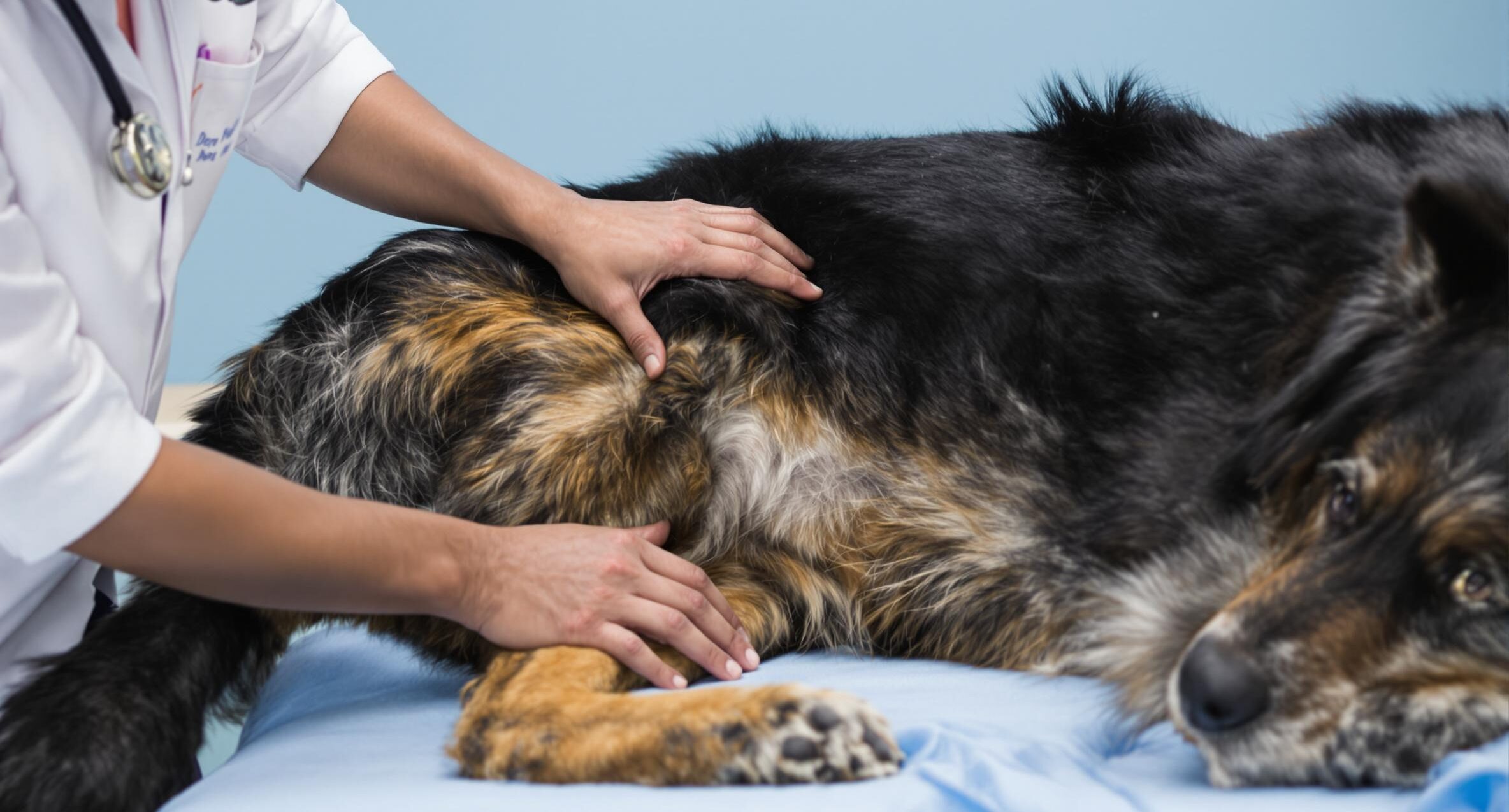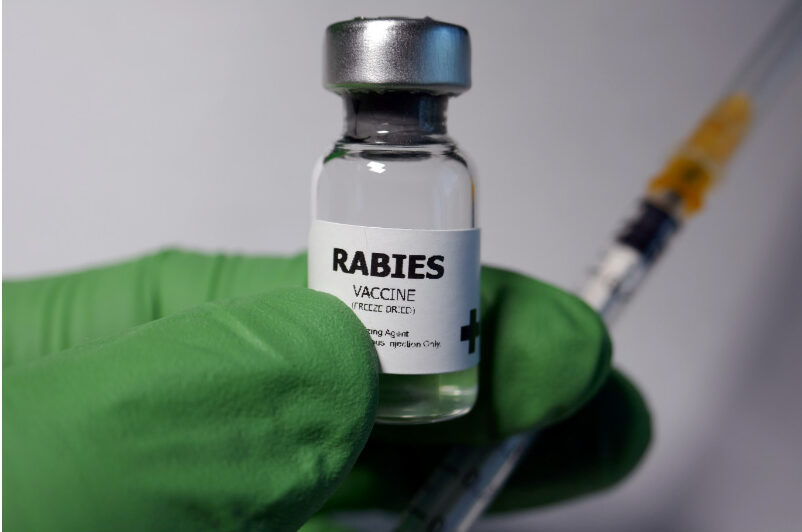Antibiotic Treatments for Dogs & Puppies

Several kinds of microorganisms can lead to infection in your dog’s body. They include bacterium, viruses, fungi, and protozoa. The kind of antibiotic medication used to treat your dog will be prescribed by your veterinarian only after diagnosing the infection and determining which type of organism is to blame.
The antibiotic you should use to treat your dog will depend on which organism is causing your dog’s infection and how the medication works in your dog’s body. As with all prescription medication, there are side effects, which your veterinarian will discuss with you.
Bacterial infections
Bacterium can invade your dog’s body through open wounds, in something your dog ingests, or just by being in the same environment as your dog. They come in different shapes and sizes, and its physical characteristics will help your veterinarian determine which bacteria are infecting your dog. These microscopic, one-celled organisms cause gastroenteritis, pneumonia, skin infections, urinary tract problems, and a host of other diseases. Without antibiotic intervention, they can multiply and make your dog even more sick.
How do antibacterials work?
Bacterial antibiotics destroy the bad cells without damaging your dog’s healthy cells. Depending on the medication, an antibiotic might prevent the bacterium from building cell walls, thereby preventing its ability to reproduce. An antibiotic can also starve the bacterium by stopping it from transforming glucose into energy, a major function of all living cells.
Common antibiotic medications for dogs include:
- Enrofloxacin (Baytril) – respiratory, skin, and urinary tract infections
- Amoxicillin/Clavulanic acid (Clavamox) – wounds, respiratory infections, skin infections
- Metronidazole (Flagyl) – gastrointestinal upsets, periodontal disease
- Clindamycin (Antirobe) – bacterial, soft tissue, bone, and dental infections
Viral infections
Viruses are responsible for many diseases that can make your dog very sick, including canine distemper and canine parvovirus. These parasites are so tiny they are estimated to be one-hundredth the size of the average bacterium and can multiply only inside the living cells of other organisms.
How do anti-virals work?
Anti-viral drugs cannot kill the virus. Instead, they work by preventing the virus’ growth and reproduction, thereby letting the viral infection die by itself. Although there are no commonly used anti-viral drugs in veterinary medicine, most veterinarians opt to treat all of the potential secondary bacterial infections that can occur in an effort to alleviate your dog’s symptoms while the virus leaves the system.
Some anti-viral medications for dogs include:
- Pradofloxacin (Veraflox) – upper respiratory infections
- Cephalexin (Keflex) – skin, urinary tract, and respiratory infections
- Ampicillin – gastrointestinal issues
Fungal infections
If your dog has had ringworm, skin, or ear yeast infections, or the more serious and deadly blastomycosis, then a fungus was to blame. Fungi are microscopic organisms related to yeasts, molds, and mushrooms. They live by ingesting the building materials of your dog’s cells, destroying growth tissue, and feeding on the waste materials of dying cells.
How do anti-fungals work
The majority of anti-fungal antibiotics for dogs are designed to destroy the fungi’s cell walls, causing the parasite to die and the surrounding tissue to rejuvenate.
Common anti-fungal antibiotics for dogs include:
- Griseofulvin (Fulvicin) – ringworm infections
- Ketoconazole (Nizoral) – internal and external fungal infections, Cushing’s disease
- Fluconazole (Diflucan) – skin, yeast, and ringworm infections
- Amphotericin B (Fungizone) – histoplasmosis and blastomycosis infections
Protozoal infections
Protozoa are micro-organisms that feed on nutrients in your dog’s body by either totally engulfing the food produced by your dog’s digestive system, or sweeping it into their “mouth pores.” Protozoa are covered in hair-like structures called “cilia,” and move around your dog’s cellular structures constantly to reproduce by feasting on as many nutrients as possible. These parasites cause major gastrointestinal tract disorders like Coccidiosis and Giardiasis, and the blood disease Haemobartonellosis, which can be fatal.
How do anti-protozoals work?
Some anti-protozoal antibiotics for dogs work to kill the microorganisms in your dog’s body by damaging its DNA, and by inhibiting cell growth and reproduction so that the infection resolves as the protozoa die off. Other dog medications kill the protozoa directly.
Two common antibiotics used to fight protozoal infection in your dog include:
- Metronidazole (Flagyl)
- Ampicillin





